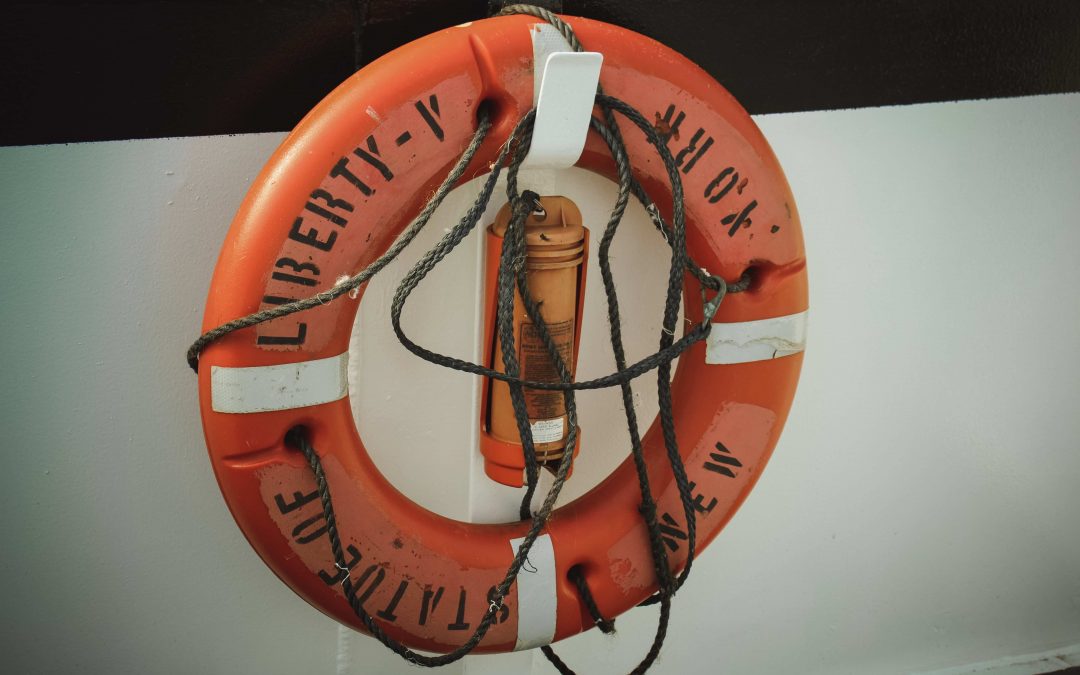For anyone with limited funds — which is most of us — working out financial priorities can be difficult.
Saving for a specific goal or paying off a debt can seem more urgent because it’s so specific. But creating an emergency fund? It’s hard to feel pressed about that because your emergency hasn’t happened yet.
Crossed fingers and positive thinking notwithstanding, emergencies do happen, and it’s important to prepare for them. And socking money away just in case will make you feel a lot safer.
How to build your emergency fund
Create your emergency fund by funneling a certain amount of money into a high-interest savings account every month. Keeping it separate from your regular checking account will keep you from being tempted to dip into it, but it’s in an account that offers you quick access when you need it.
How much should you save?
How much you choose to redirect each month isn’t all that important, because just having a few hundred dollars extra when your car breaks down will make a big difference. Hospital visits, sick pets, a broken fridge — all these unforeseen circumstances could get expensive.
But don’t be intimidated by a big number. Conventional wisdom holds that you should save enough in your emergency fund to stay afloat for three to six months in case you’re out of work for any reason, but you can build toward that over time.
Just save what you can, and let part of the payoff be peace of mind.
But what about debt?
For those of us with debt — again, basically everyone — it might be tempting to tackle that first. But emergencies don’t give you a pass because you have other things on your plate.
Do your best to put money toward debt repayment and an emergency fund. Then if you have an emergency you won’t find yourself taking on even more debt to pay for it.
Strategies for building an emergency fund
Like anything else that’s good for you, it’ll be hard to start taking a chunk of your monthly income and putting it aside. But once you get in the habit, it’ll come more naturally, and make you feel better.
Here are the steps you should take to build an emergency fund:
- Set a monthly goal, and flexibility is OK (and necessary). Don’t beat yourself up if you’re not able to meet the goal every month, but don’t cheat yourself either. In a good month, put in more.
- Make a budget and see where you can cut back. You know best what you need and what you don’t, but there’s a decent chance you’re spending more than you need to.
- Put all your change in one place and transfer it to your emergency fund regularly, or consider using an app to squirrel away change from every purchase. You’ll be surprised how quickly it adds up!
- If you find you have the time, strength and opportunity, figure out another source of income. If you can manage it without making yourself miserable, you’ll meet your financial goals faster, and the relief and peace of mind (the importance of which cannot be overstated) will be worth it.
The bottom line on building emergency funds
Even if there’s never a need to break into it, there’s no downside to having a decent sum of money hanging out in your bank account. And your sense of financial security is a healthy bonus.




